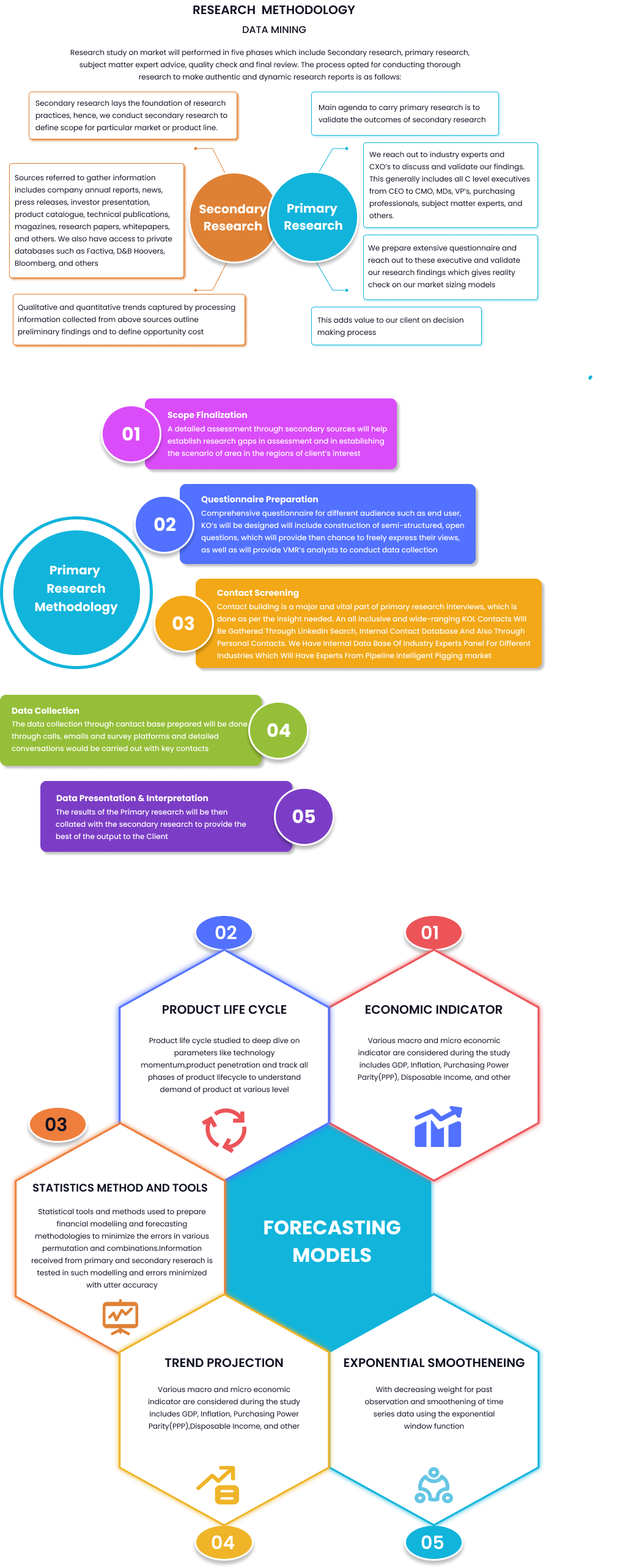
Global Smart Elevators Market Size By Type (Ac Elevator, Dc Elevator), By Application (Passenger Elevator, Freight Elevator), By Region, And Segment Forecasts, 2023 to 2032
Report Id: 41122 | Published Date: Jan 2025 | No. of Pages: | Base Year for Estimate: Jan 2025 | Format:
The Global Smart Elevators Market was
valued at USD 16.2 billion in 2023 and is projected to surpass USD 35.4 billion
by 2031, growing at a CAGR of 10.2% during the forecast period from 2023 to
2031. The growth of the market is driven by the rising urbanization, increased
demand for energy-efficient solutions, and the integration of advanced
technologies such as IoT and AI into elevator systems. Smart elevators provide
enhanced safety, convenience, and efficiency in residential, commercial, and
industrial buildings. As smart cities emerge and infrastructure modernization
accelerates globally, the demand for smart elevators is expected to increase
significantly.
Drivers:
Urbanization and Smart City Initiatives:
The rapid growth of urban areas is prompting the construction of high-rise
buildings that require advanced vertical transportation systems. Government
initiatives supporting smart cities are further fueling the demand for smart
elevators.
Energy Efficiency and Sustainability: Smart
elevators incorporate energy-saving technologies such as regenerative drives,
which reduce energy consumption. The growing focus on sustainability and
reducing the carbon footprint is driving adoption.
Technological Advancements: Integration of
Internet of Things (IoT), Artificial Intelligence (AI), and advanced sensors
allows elevators to learn and adapt to traffic patterns, improving efficiency
and reducing wait times.
Restraints:
High Initial Investment: The high
installation costs associated with smart elevators, which include advanced
control systems, sensors, and building integration, may limit their adoption in
developing regions.
Cybersecurity Concerns: The increased
connectivity of smart elevators opens up potential risks for cyber-attacks,
raising concerns regarding data security and operational safety.
Opportunity:
Integration of AI and IoT: The integration
of AI and IoT in smart elevators offers vast potential to enhance user
experiences through predictive maintenance, intelligent scheduling, and
improved energy management.
Growth in Emerging Markets: Emerging
economies, particularly in Asia-Pacific and Latin America, present significant
growth opportunities due to rapid urbanization, increasing construction
activities, and government-backed smart infrastructure projects.
Market
by System Type Insights:
Control Systems: Control systems are
expected to dominate the market, driven by the demand for efficient traffic
management in elevators. Advanced control systems help reduce energy
consumption and enhance the overall passenger experience by optimizing travel
routes within the building.
Market
by End-use Insights:
Residential Buildings: The residential
segment holds the largest share of the market, benefiting from the increasing
demand for security, convenience, and energy efficiency in smart homes. The
commercial sector, including office buildings, shopping malls, and hotels, is
expected to witness significant growth, driven by the need for enhanced
operational efficiency and tenant comfort.
Market
by Regional Insights:
North America: North America held the
largest market share in 2023, primarily due to the presence of key industry
players and early adoption of smart technologies in construction. However,
Asia-Pacific is anticipated to register the highest growth during the forecast
period, driven by rapid urbanization, rising investments in smart cities, and a
booming construction sector in countries like China and India.
Competitive
Scenario:
Key players operating in the Global Smart
Elevators Market include Otis Elevator, Schindler Group, KONE Corporation,
ThyssenKrupp AG, Hitachi Ltd., and Mitsubishi Electric Corporation. These
companies focus on product innovation, strategic partnerships, and mergers
& acquisitions to strengthen their market position. For instance:
In 2023, Otis launched a new generation of
smart elevators equipped with AI-powered control systems for enhanced safety
and efficiency.
KONE Corporation introduced a smart
elevator system in 2024 that integrates IoT and predictive maintenance
technology to reduce operational costs and downtime.
Scope
of Work – Global Smart Elevators Market:
|
Report
Metric |
Details |
|
Market Size (2023) |
USD 16.2 billion |
|
Projected Market Size (2031) |
USD 35.4 billion |
|
CAGR (2023-2031) |
10.2% |
|
Key Segments by System Type |
Control Systems, Maintenance Systems |
|
Key Segments by End-use |
Residential, Commercial |
|
Leading Region |
North America |
|
Key Players |
Otis, Schindler, KONE, ThyssenKrupp,
Hitachi Ltd., Mitsubishi Electric |
Key
Market Developments:
In 2023, Otis introduced its latest smart
elevator model incorporating regenerative drives that improve energy
efficiency.
KONE Corporation unveiled a new cloud-based
elevator control system in 2024, allowing remote diagnostics and predictive
maintenance.
FAQs
What is the current market size of the
Global Smart Elevators Market? The Global Smart Elevators Market was valued at
USD 16.2 billion in 2023.
What is the major growth driver of the
Global Smart Elevators Market? The market's growth is driven by increasing
urbanization and demand for energy-efficient elevator systems integrated with
advanced technologies such as IoT and AI.
Which is the largest region during the
forecast period in the Global Smart Elevators Market? North America held the
largest market share in 2023, but Asia-Pacific is expected to grow at the
highest CAGR during the forecast period.
Which segment accounted for the largest
market share in the Global Smart Elevators Market? The residential segment
accounted for the largest market share in 2023.
Who are the key market players in the
Global Smart Elevators Market? Key players include Otis, Schindler, KONE,
ThyssenKrupp, Hitachi Ltd., and Mitsubishi Electric Corporation.

Speak with an analyst to get exclusive insights tailored to your needs

